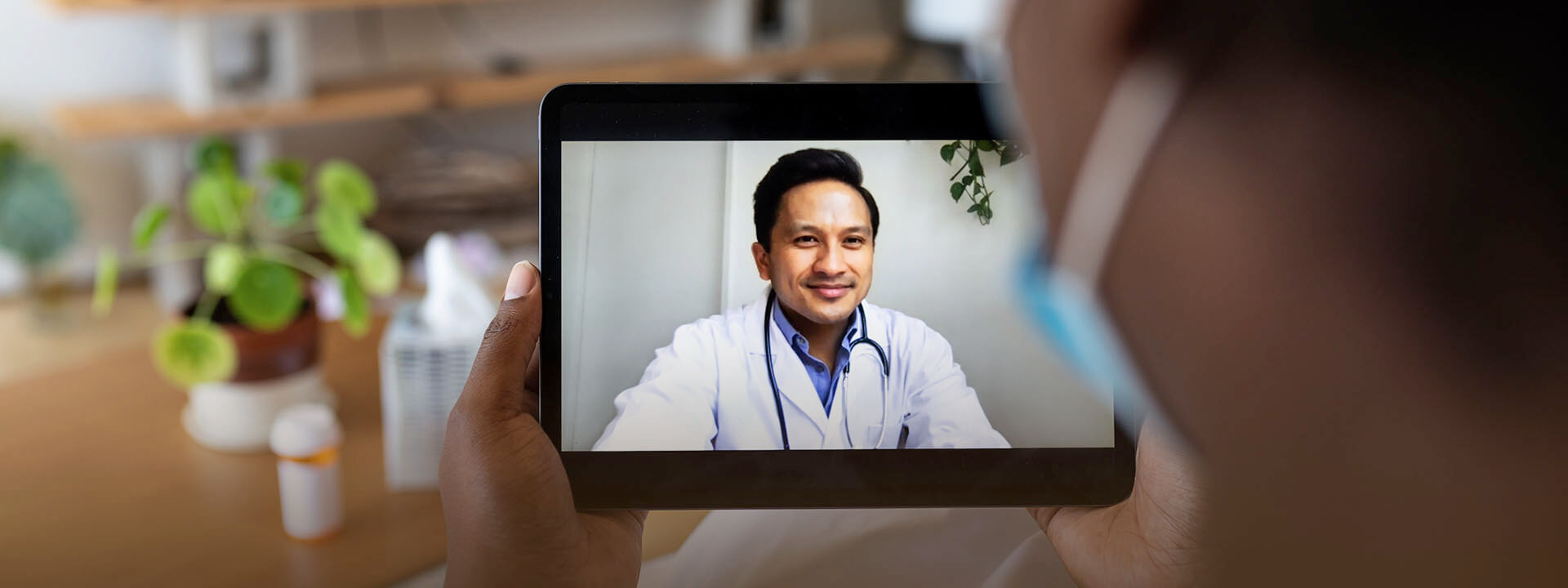In less than a year, COVID-19 has changed virtually everything about patient care. On the front lines, clinicians continue to battle a novel virus—all while navigating changing safety protocols and a massive vaccine rollout. The volume of telehealth and virtual healthcare encounters has grown exponentially. And patients who want to avoid or simply can’t access in-person office visits are receiving in-home care from nurses and pharmacists whose role as healthcare providers continues to evolve and expand.
The demands on American healthcare providers have never been greater. But technology can help automate and streamline workflows, and ensure that patients can securely receive care at home or elsewhere. And it can improve the cost, quality and safety of that care in the process.
Surescripts CEO Tom Skelton sat down with Lynne Nowak, M.D., Evernorth Vice President and General Manager Clinical, Data and Provider Solutions at Express Scripts, to share perspectives during a recent FIERCE Healthcare virtual event.
While many powerful technologies and regulations to drive Health IT adoption existed before the pandemic, the crisis has only intensified the pressure on the healthcare system to digitize and optimize—and the entire industry is rising to the challenge. As Nowak noted, innovation cycles that would typically take several years are being completed in a matter of months. And the demand for things like access to critical data no matter where a patient shows up, full transparency on the cost of prescription medications and a shortened journey to get a patient started on a specialty medication will only intensify as well.
“Disruption is going to be the norm … if we don’t disrupt ourselves, somebody else will”
Data and Provider Solutions at Express Scripts
The pandemic has made it clear that having the right information wherever a patient presents was never about convenience. It’s always been an essential element to safe, high quality care—but it’s more critical now than ever.
“Because of the nature of where care is being delivered—whether it's virtual or whether it's in these emerging venues of care—there's just more demand for information from other portions of the healthcare system,” explained Skelton. “As a result, we see a lot of requests for creative solutions and innovative solutions. We think that's a big positive. We think that is absolutely the type of information sharing that we need the healthcare system to see, and we're excited about it.”
Read the report Health IT Adoption and Innovation During COVID-19 to learn how the Surescripts Network Alliance® is driving greater adoption and innovation.


 Dean Riggott Photography
Surescripts
Dean Riggott Photography
Surescripts


